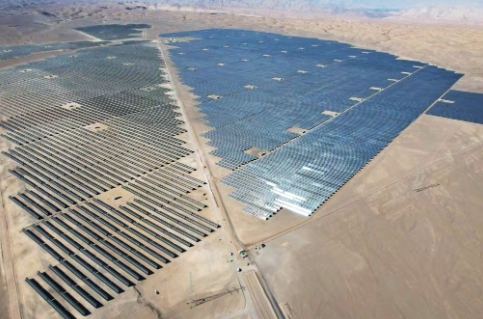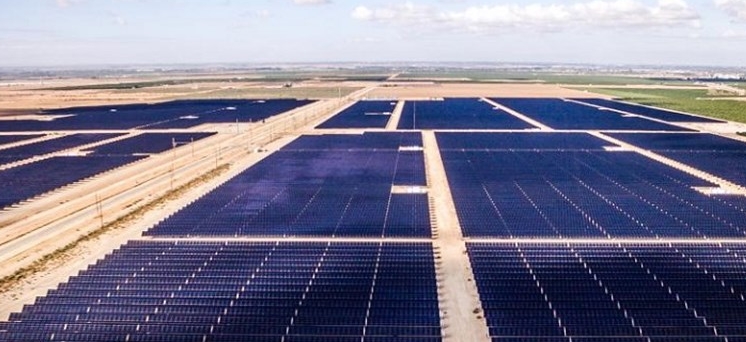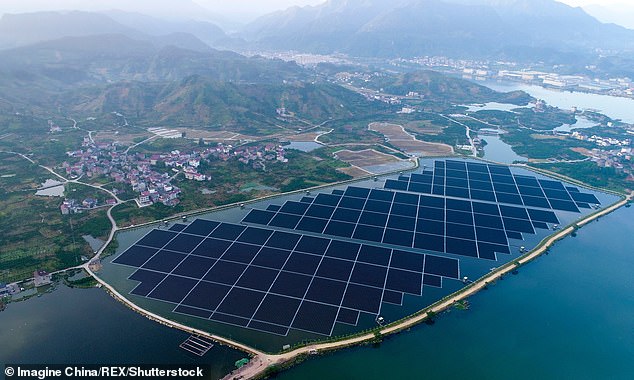 Electricity produced from commercial and industrial solar energy systems is now cheaper in China than that supplied by the national grid
Electricity produced from commercial and industrial solar energy systems is now cheaper in China than that supplied by the national grid The researchers also estimated grid-scale solar electricity prices, comparing these with those derived from coal-fired power plants.
'In recent years, China has become not just a large producer but a major market for solar photovoltaics,' the researchers wrote in their paper.
'The solar photovoltaics industry in China [has] expanded from a tiny, rural-orientated solar programme in the 1990s to the global leader in what may soon be the world’s largest renewable energy source.'
The team found that commercial and industrial and photovoltaic-based solar energy systems are capable of generating electricity at lower costs that the grid supply in all of the 344 prefecture-level Chinese cities.
Passing this tipping point — referred to as 'parity' — will provide a financial incentive for the increasing uptake of commercial and industrial solar power systems.
'Among these cities, cities in Tibet, Gansu, Inner Mongolia and Heilongjiang have the best user-side grid parity conditions,' the researchers wrote.
Furthermore, they revealed that grid solar electricity systems are also capable of producing electricity at lower prices than coal in around 22 per cent — or 76 — of China's cities.
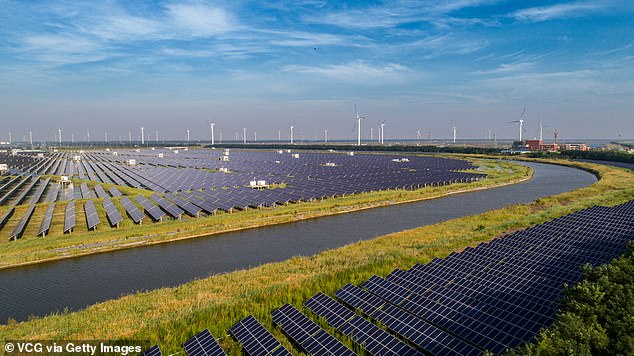 'In recent years, China has become not just a large producer but a major market for solar photovoltaics,' the researchers wrote in their paper. Pictured, China's Wanjiashan Photovoltaic Power Station in Sichuan Province, seen here in 2014 just before its completion
'In recent years, China has become not just a large producer but a major market for solar photovoltaics,' the researchers wrote in their paper. Pictured, China's Wanjiashan Photovoltaic Power Station in Sichuan Province, seen here in 2014 just before its completion
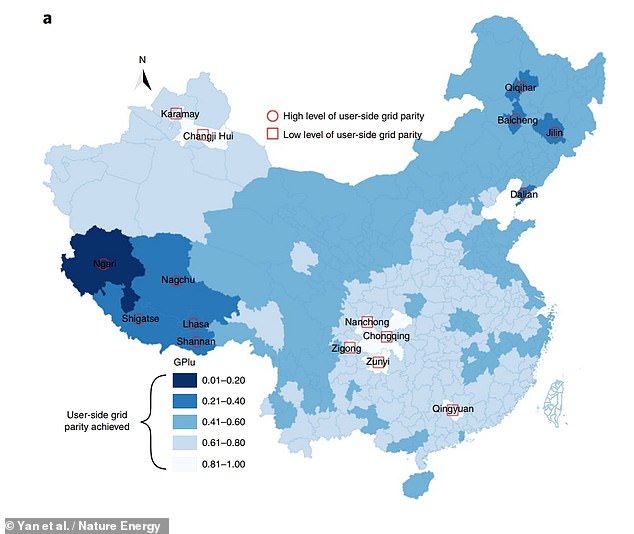 The researchers also found that grid solar electricity systems are also capable of producing electricity at lower prices than coal in around 22 per cent — or 76 — of China's cities
The researchers also found that grid solar electricity systems are also capable of producing electricity at lower prices than coal in around 22 per cent — or 76 — of China's cities
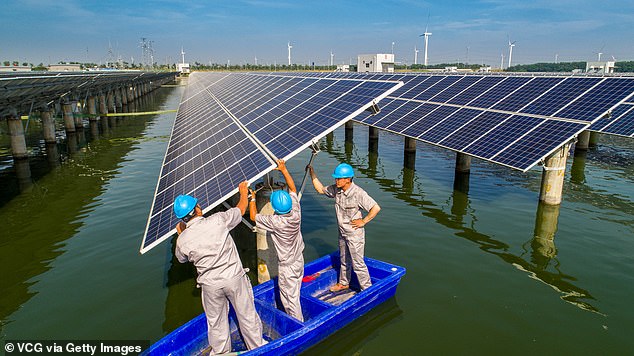
Like many other developing countries, China has not substantially subsidised solar energy systems to counteract their initial higher costs.
Despite this, the availability of lower labour and system hardware costs may soon place parity with the nation's grid electrical prices within solar power's reach.
The full findings of the study were published in the journal Nature Energy.

